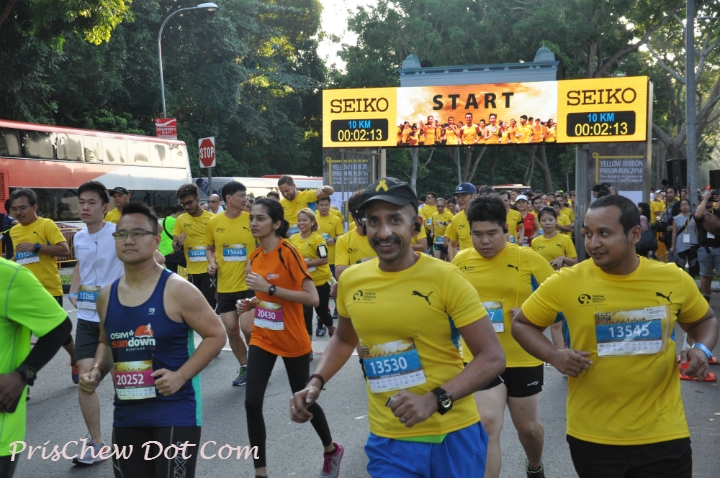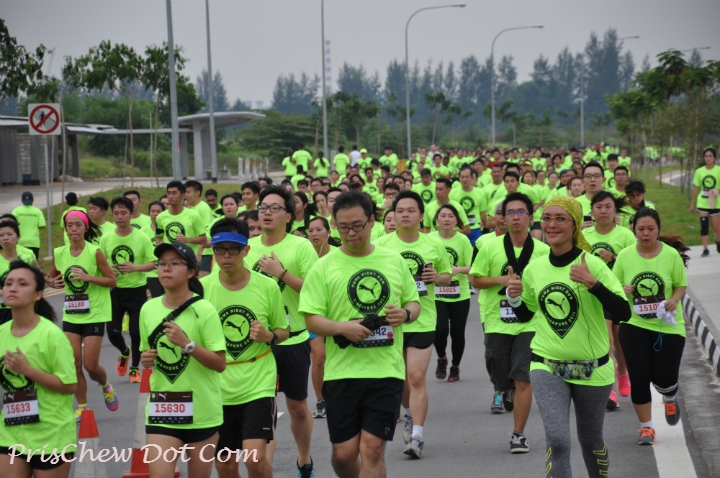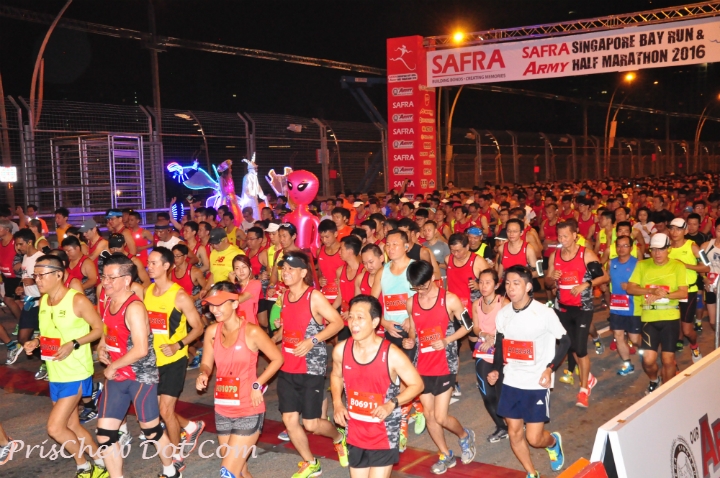Running is growing in popularity across the world; for example since 2012, running participation in the United Kingdom has increased by 37 per cent.
And in Singapore there were a staggering 121 running events taking place in 2015 alone – so runners here were literally spoilt for choice in what races to register for. This trend does not seem to be dissipating anytime soon either.
Singapore weather is not conducive to running
However the Singapore weather, as many runners here would know, is not conducive to marathon or long distance running. According to some information compiled by Andrews Air Conditioning, about 13 – 15 degrees C is the optimum temperature for long distance running.
So for instance, this means that temperate places such as New Zealand and Australia in the spring or autumn time, are better to set a new personal best for your next marathon.
Optimum performance running temperatures
Shorter distance runners do better in marginally warmer temperatures. For example, the world’s fastest man, Usain Bolt, in setting his 100m and 200m world records in Berlin in 2008, achieved these in temperatures of 25 degrees C. But his astonishing 9.58-second 100m dash was assisted by a 0.9m/s tailwind too.
Marathon running best done in 13 degrees C temperatures
On the flip side, when marathon runner Dennis Kimetto, set his 2hour 2minute and 57second marathon in Berlin in 2014, this had been done in 13 degrees C temperatures. His female compatriot, Paula Radcliffe, ran her 2hour 15minute 25second marathon in comfortable 14 degrees C temperatures in London 2003.
But there is a contrast – 12 out of the best 20 long distance runners in the world are part of the Kalenjin tribe in NorthWestern Kenya, where temperatures reach up to 30 degrees C.
Training in hot climates to perform in cooler climates
So perhaps this means that it is good for marathon runners to do their training in hot climates… and race in cooler ones? This is an interesting thought and will suit runners in Singapore quite well, where the temperatures can easily reach up to about 30 – 35 degrees C.
Performance wise, the Andrews Air Conditioning study reports that above 32 degrees C, your pace will slow by about 20 seconds per kilometre.
How to counter the heat
So when the weather is hot and you still need to go out for your training run, what do you do, then?
Hydrate
Hydration is extremely important and you should consume not simply plain water, but sport drinks, which contain electrolytes to replenish the loss of body salts and improve absorption rate by the body.
Trail Running
As asphalt and tarmac absorb heat and make you feel hotter, why not try running out on the trails when it is hot? It should help you feel more comfortable as you are running.
Dawn and Dusk Running
And try to beat the heat by running before sunrise or after sunset; if the sun is not out yet, the temperatures are bound to feel more bearable.
Lightweight clothes
Wear something light that allows for ventilation so that you can feel cooler as you are running. Also wear cap and sunglasses; these will help.
Medicine & Alcohol
Taking medicine and alcohol dehydrates the body so make sure that you drink plenty of water to make up for these, if you are consuming such products.
The information above, has been provided by Andrews Air Conditioning. Find out more about Andrews Air Conditioning from http://www.andrews-sykes.com/air-conditioning/





Leave a Comment